introduction
Huawei introduced the Watch D wearable with blood pressure monitoring at the end of 2021, but it took until the end of 2022 to obtain the required certifications and make it available in Western markets. And now that we’ve had a few weeks with him, here’s our verdict.
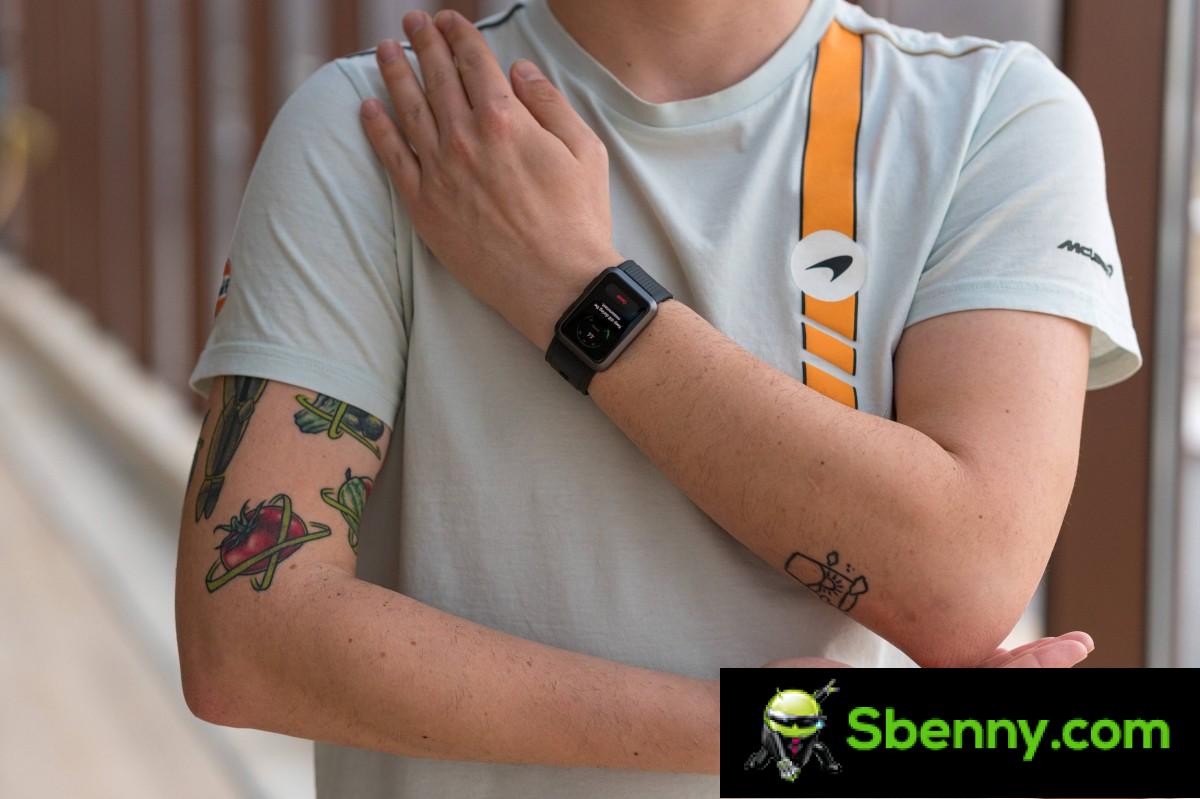
This is the correct position to assume when measuring blood pressure at the wrist
The wearable is the first Huawei device in the Watch series with a rectangular screen instead of a circular one. However, beyond that and unique blood pressure measurements, it shares most of its features with its rotund stablemates.
Design and build
The Huawei Watch D has no crown or fancy keys, just two flat buttons on the right side of the aluminum case. The company calls it “Graphite Black” and it’s actually a dark gray shade. The fluoroelastomer band is actually black. It’s specifically made for this device, which means swapping out for a third-party 22mm band isn’t really an option as it will likely interfere with your blood pressure measurement.
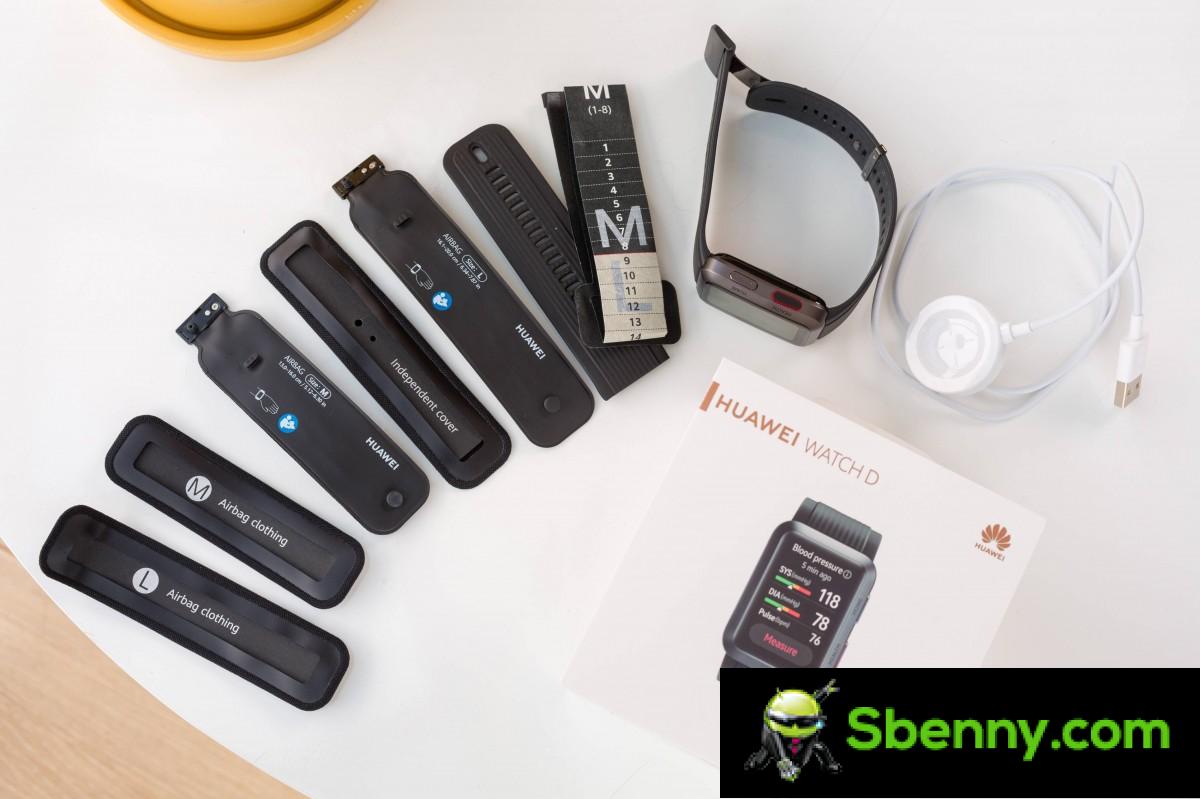
The 1.64-inch AMOLED has a resolution of 456 x 280 pixels and is bright and colorful, just like any recent Huawei Watch. At the bottom we have the heart rate monitor and a small element that seals the port for the blood pressure belt.
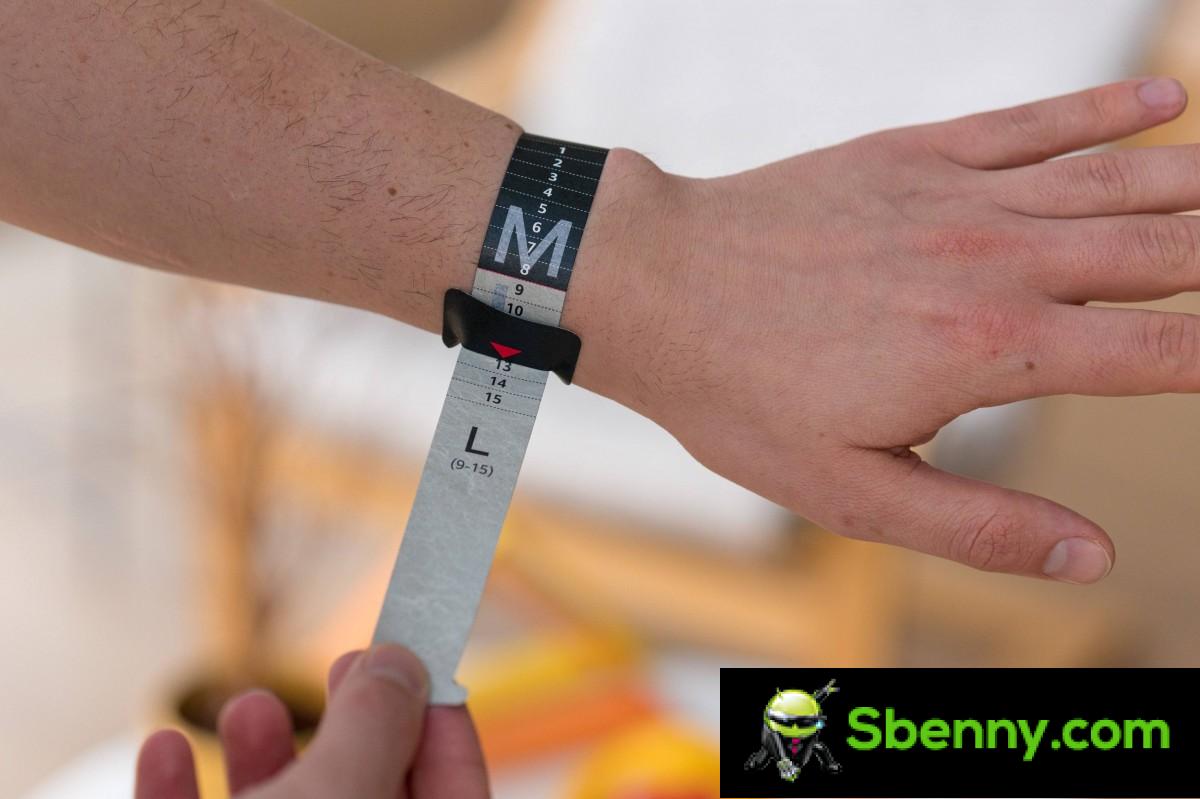
The retail package is rich, compared to other wearables. There are two straps, sizes M and L, a nice paper tool for choosing the correct one with 21 steps for customization, as well as the two inflatable straps that allow for blood pressure measurement.
Blood pressure
The crown feature of the Huawei Watch D – while Samsung’s Galaxy Watch series also offers blood pressure monitoring, we’re talking about actual measurements here rather than estimations that require frequent calibration with an actual instrument. However, Huawei mentions several times that this is not a medical device and its purpose is for routine monitoring rather than final diagnosis.
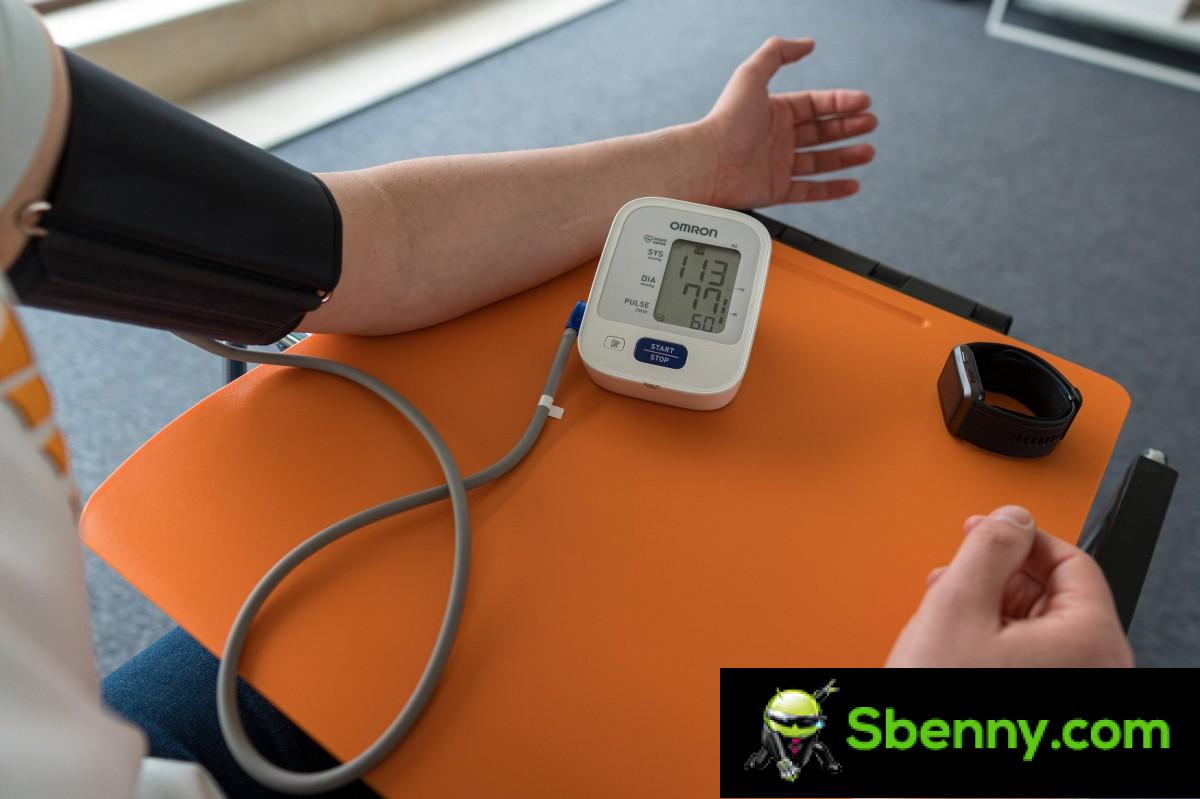
Wrist-based BPM devices are not as accurate as upper arm ones. The reason is that blood vessels and skin are thinner there, so the readings aren’t 100% accurate, but the Watch D is still one more tool for people to monitor their health.
We compared this device to a real medical instrument and both the systolic and diastolic (the top and bottom numbers) were off 10mm Hg on the watch. While it’s not perfect, we think this kind of deviation is acceptable.
The D-watch measures blood pressure just like a real wrist monitor: it inflates to the point where a person is slightly uncomfortable feeling for a pulse, and then slowly deflates to feel blood pressure.
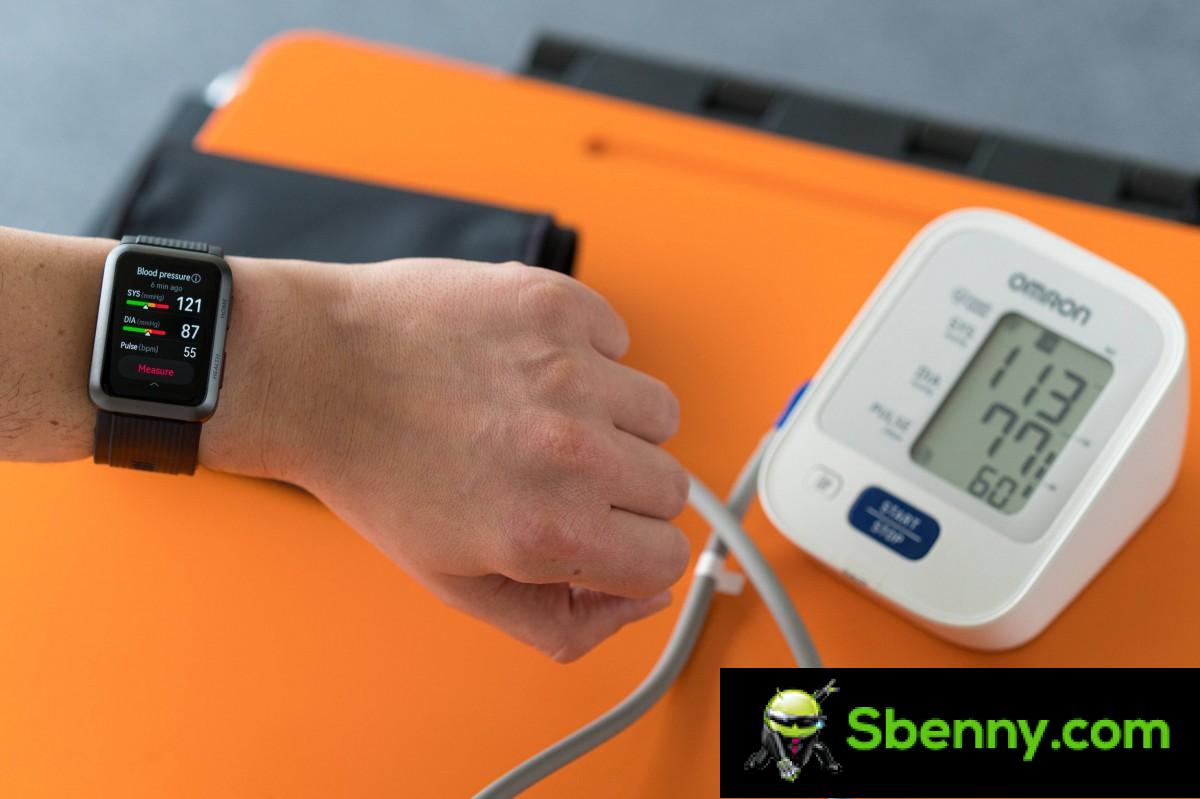
The additional straps, supplied in the retail pack, have three points of contact to ensure proper fit. The first and foremost is on the back of the watch, the second is on the first hole of the regular band, and the third is a dedicated elongated hole to make sure the band is in place. All elements are made of rubber and fabric and look very durable.
Software
Huawei talks a lot about the OS because it is slightly older Harmony 2.1 instead of Harmony OS 3.0 which runs on other international Watch devices. The company’s Huawei Health app has a nice feature called Healthy Living, which monitors a wide range of daily reports and gives you a big picture of your health.
It measures SpO2 (blood oxygen), tracks sleep and stress, measures body temperature, and lets you know if there are any drastic changes in your condition. It has clear prompts to drink water, breathe deeply, and calm down, even for a minute, when needed.
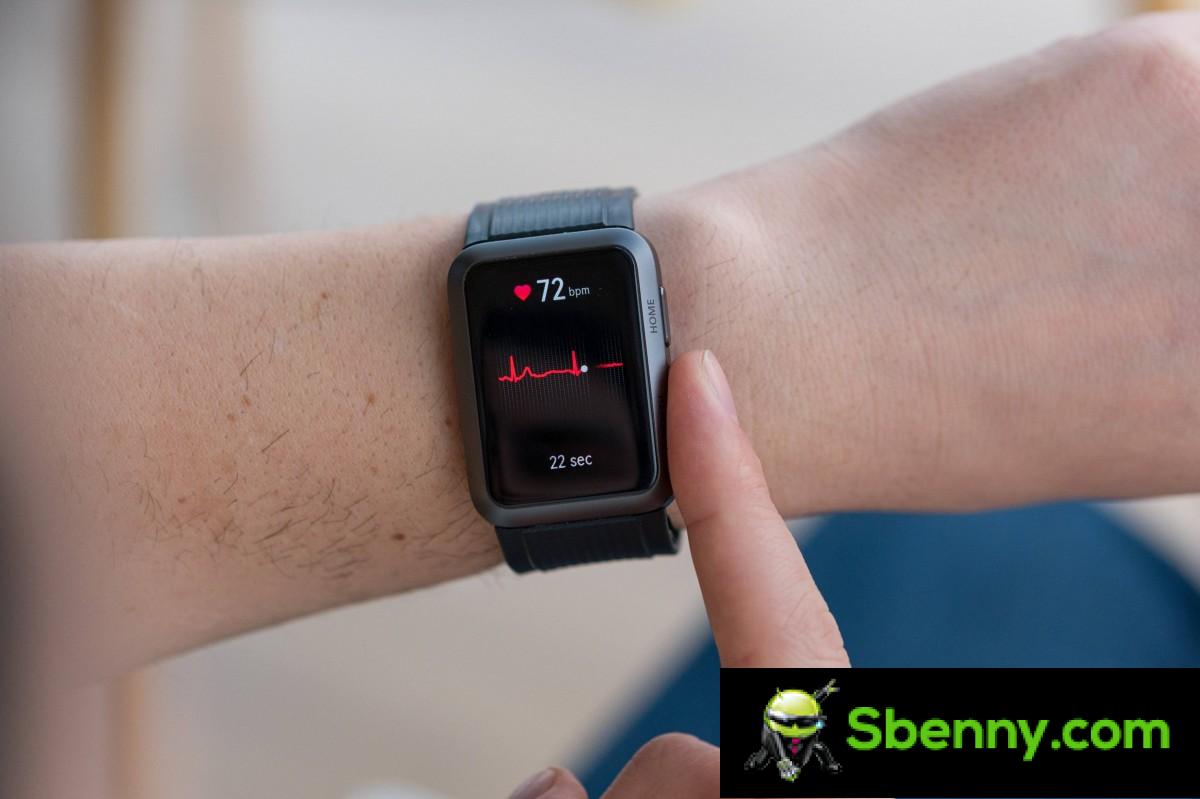
The bottom key of Watch D is metallic and has a conductive surface, which allows you to record the ECG (electrocardiogram). In theory, it can read when there are atrial or ventricular premature beats. In practice, we could not find a test subject with this problem – luckily everyone in the office has a healthy sinus rhythm.
The Watch D is not a sports device, which is why it “only” supports more than 70 training modes instead of over 100 like other Huawei wearables. The truth is, it makes little difference as wearables are only doing a decent job of tracking half a dozen outdoor running and cycling workouts. GNSS positioning accurately tracks outdoor routes, even if some of the sports that require heavy tracking, such as climbing and trail running, were missing.
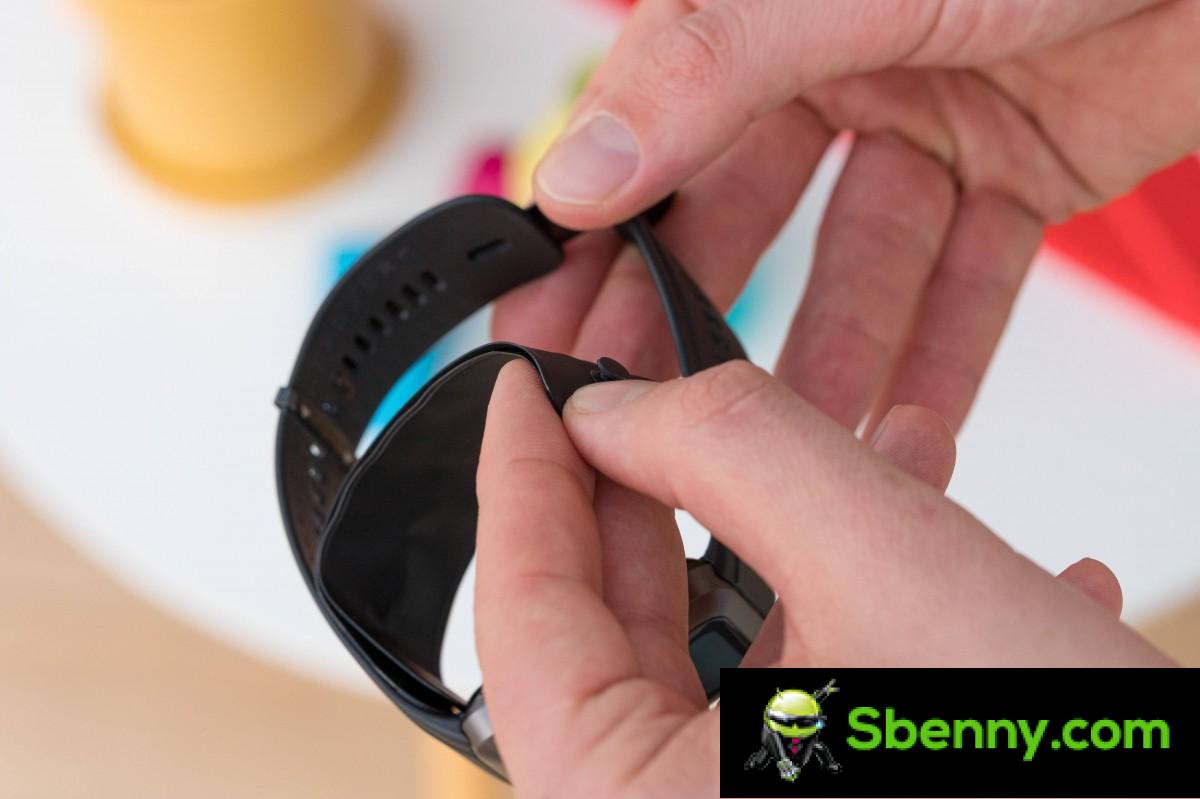
The wearable has Bluetooth 5.1 and also has NFC. You can use the function for Huawei Wallet (Pay or Access), but the function is not available in Europe. Charging is standard Qi wireless, but due to the folding clasp band, the Watch D cannot be used on all wireless chargers unless you unclip the band.
Notifications and controls are quite simple and in line with any recent Huawei Watch. Voice support only works within the Huawei environment, which means that Siri and Google will not be activated, which is hardly new.
Battery life
The company promises 7 days of life on a single “typical use” charge. We’ve always had exactly 7 days of what we’ve seen as pretty heavy usage, so we’d even say the Watch D exceeded our expectations. If you only measure your EKG or BP once or twice a day, you could definitely add a day or two to your stamina.
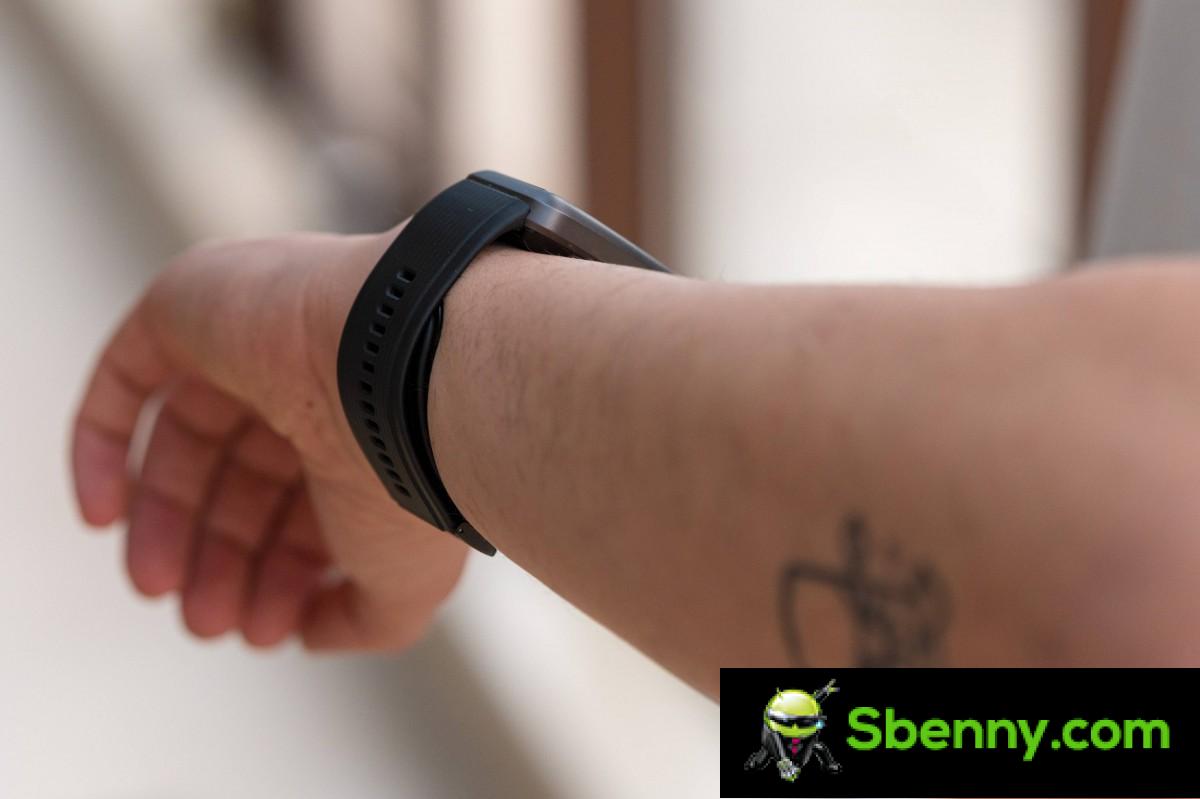
However, this is achieved with the Always On Display feature turned off, instead relying on the reliable turn gesture to wake it up. When we activated AoD with the stamina dropped dramatically. The D watch lasts just over 72 hours, or 3 days, before it needs to be rewound.
Even this worst-case scenario isn’t horrible drag, particularly when you compare it to smartwatches from Samsung, Apple, and Google, although those run fancier apps with deeper system integration, so it’s a bit of a comparison between apples and oranges.
Verdict
Huawei Watch D is unique in its market niche. It borrows from two categories: smart medical equipment and a classic smartwatch, and we’d argue that the results are great for a certain group of users.
If we strictly consider it a smartwatch, there are clearly arguments that other Huawei wearables are a better choice. If we consider the wearable to be a medical device, it isn’t perfectly accurate, so we don’t fully recommend it as a blood pressure monitor replacement.
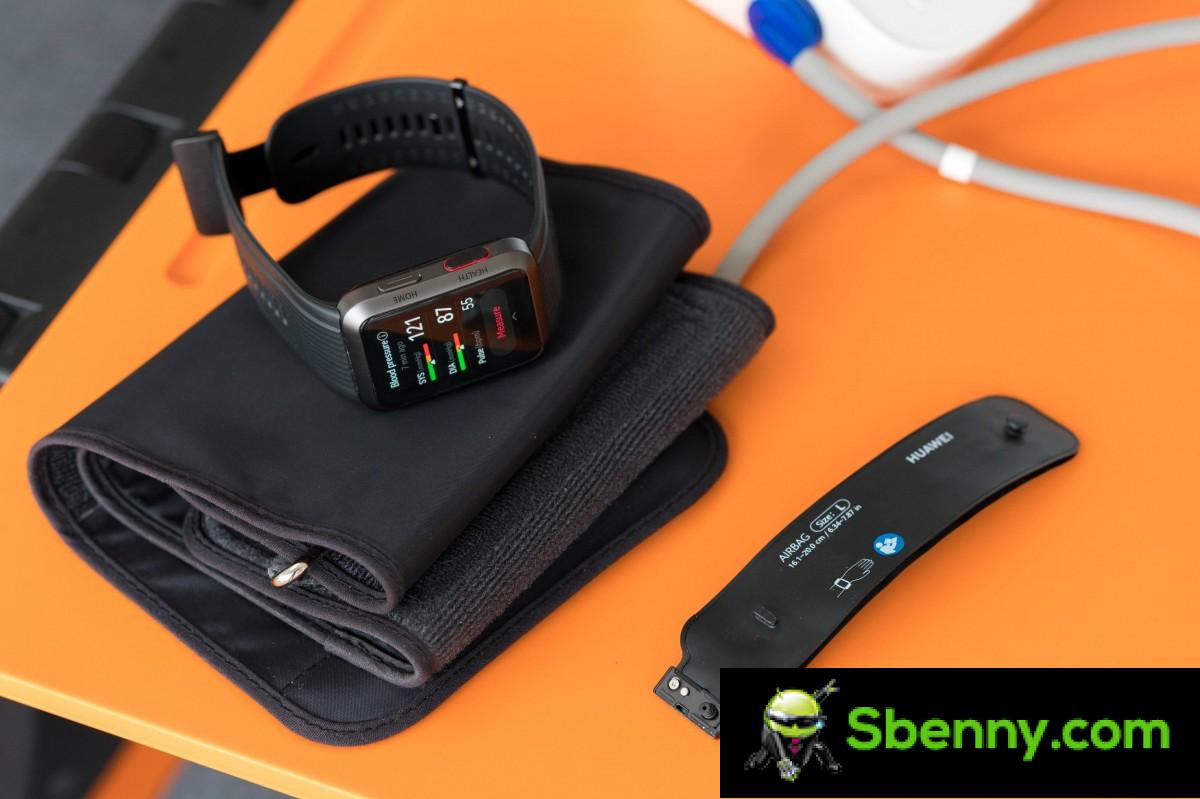
Here’s who the Huawei Watch D will love: health-conscious people who need an extra tool to monitor their health, but generally have solid vital signs. This specific group should ignore any appearance because Huawei does not offer customization or color options for this device.
We believe Watch D is worth the €399 if you are within that small circle. The company offers specific packages on its websites across Europe, including free Huawei merchandise and huge discounts, which would make the price even more attractive.



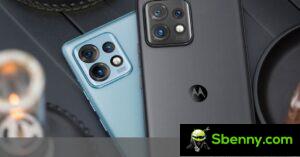



Start a new Thread